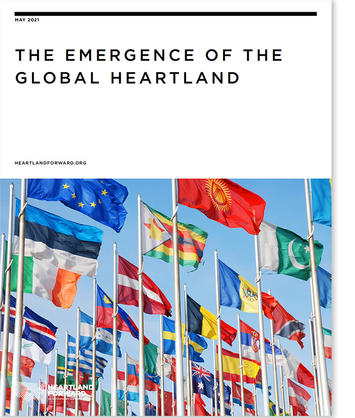Report: Building the New America
This new report examines the housing trends that are driving today’s migration of people and jobs, and suggests a urban strategy that better fits the aspirations of most Americans. Below is a summary of the report and a link to download the full report:
For generations Americans have voted with their feet—and their dollars—to achieve what has long been called “the dream,” namely, a home of their own, usually in a low- to mid-density community. This preference has existed for decades, and despite media assertions of a generational shift back to dense, urban living, the statistical evidence shows quite the opposite.


 In this new report,
In this new report,